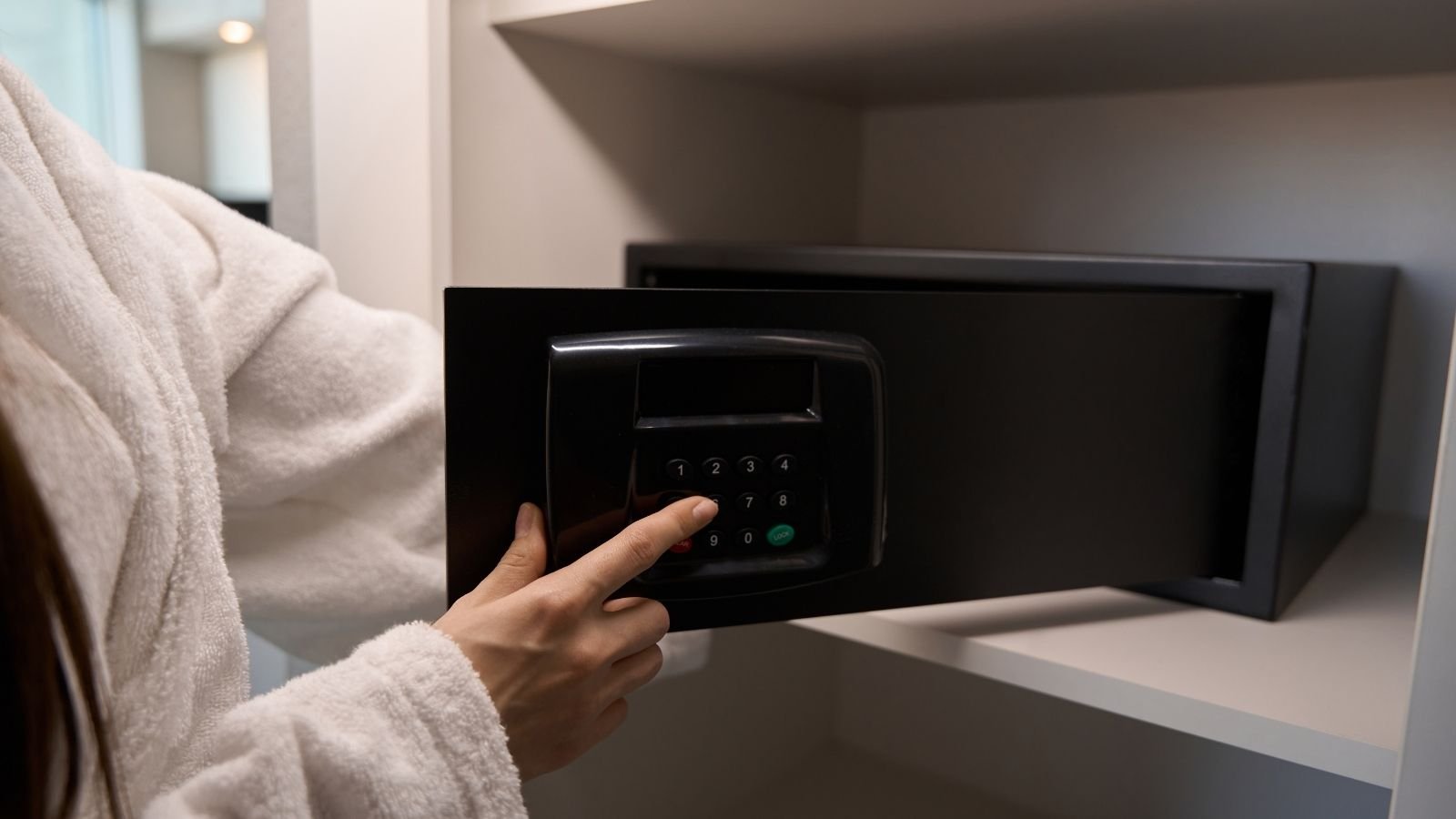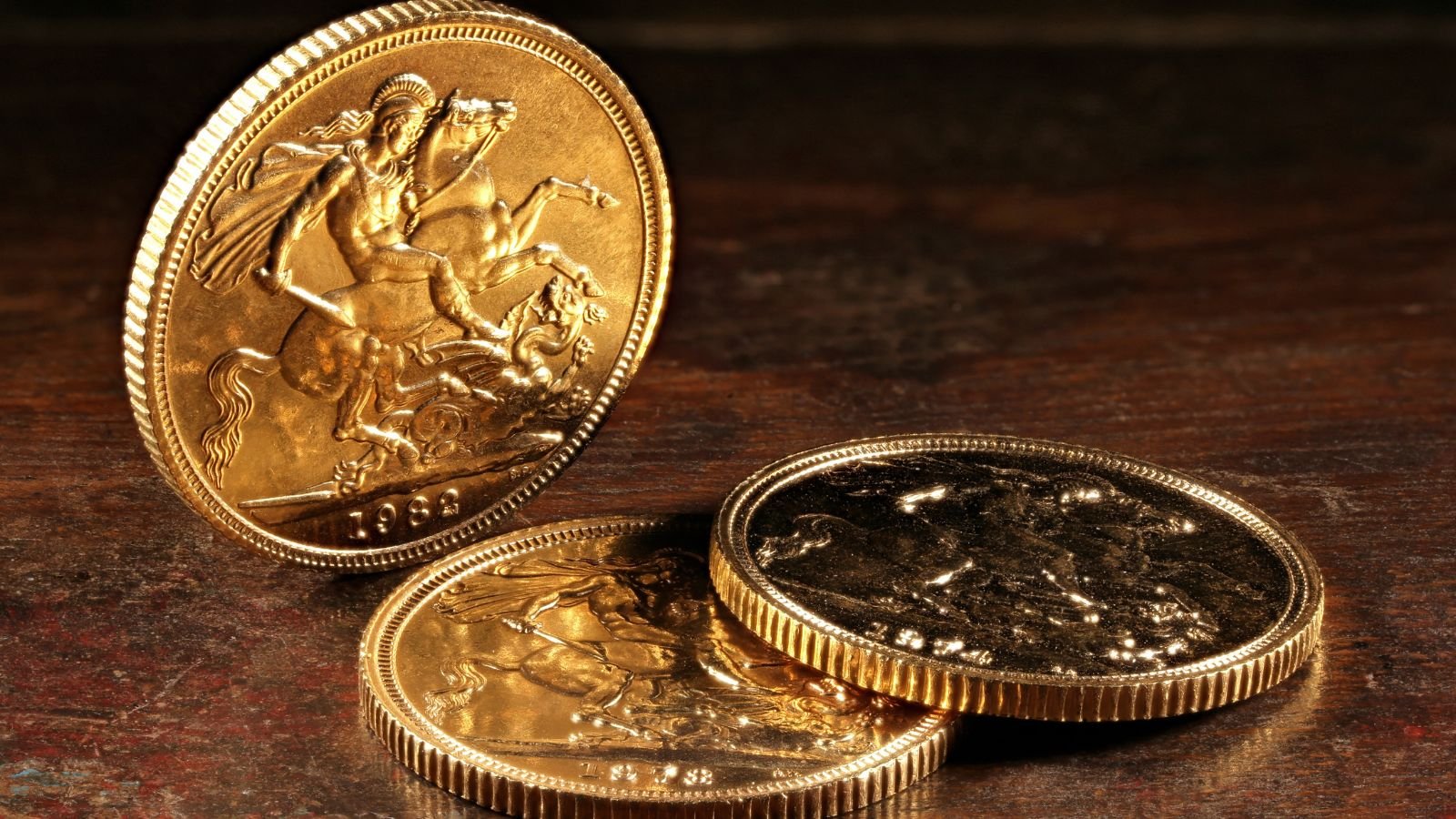Investing in gold bars has always been considered a haven during economic uncertainty. Unfortunately, there are a plethora of myths when it comes to the purchase of gold bars, particularly in the USA. These misconceptions can mislead potential investors, causing them to either overestimate or underestimate the value and process of acquiring gold.
Join us as we debunk common myths about buying gold bars.
Myth: Gold Bars Are Only for the Wealthy

One of the most prevalent myths is that you must be rich to invest in gold bars. While it’s true that gold can be expensive, various sizes are available to accommodate different budgets.
For example, fractional gold bars, such as 1-gram bars, are available for as little as $78.54 as of August 9 2024. Costco reports selling gold bars worth $200 million annually, indicating that many investors are participating.
Myth: Gold Bars Are Difficult to Liquidate

Some investors hesitate to buy gold bars, fearing they won’t be able to sell them easily. However, gold is one of the most liquid assets globally. Whether gold bars can be quickly converted into cash by a dealer, pawnshop, or online marketplace, gold 23, the global gold trade experienced significant activity, with exports reaching $469.80 billion and imports totalling $488.18 billion. This represented around 2.06% of the overall international trade.
Myth: You Must Pay Taxes on Gold Purchases

Many people believe that purchasing gold bars will automatically incur taxes. While some states do tax precious metal purchases, many, including Georgia, Kentucky, Wisconsin, and Kansas, have eliminated sales tax on gold.
Additionally, there is no federal sales tax on gold bars in the U.S. However, depending on the investment’s holding period and profit, capital gains taxes of up to 28% may apply when selling physical gold.
Myth: All Gold Bars Are Created Equal

Not all gold bars are the same. Some investors need to know the different types of gold bible, such as cast bars, minted bars, and gold bullion coins. Each type has varying levels of purity and craftsmanship.
For example, PAMP Suisse gold bars are known for their high quality and have an assay certificate, whereas some generic bars might not. It is essential to test if the gold is authentic before you buy it.
Myth: Gold Bars Are Prone to Theft

There’s a common belief that gold bars are more likely to be stolen than other investment forms. While theft is a concern, it’s no more prevalent with gold than with any other high-value asset.
Safeguarding methods like safe deposit boxes, home safes, or third-party vaults like gold allocations can significantly reduce this risk. Banks and financial institutions may charge as high as 1.5% fees for storing allocated gold or silver bullion.
Myth: Buying Gold Bars Requires Extensive Paperwork

Another myth is that purchasing gold bars involves a lot of paperwork and red tape. In reality, buying gold in the U.S. is straightforward. Minimal documentation is required for most transactions, especially those below $10,000.
However, more significant transactions might require additional paperwork, including an IRS report, due to anti-money laundering regulations.
Myth: Gold Bars Don’t Appreciate as Much as Other Investments

Some investors mistakenly believe that gold bars don’t offer significant returns. While gold doesn’t generate dividends or interest, its value tends to rise during economic downturns.
During the brief period of the 2023 banking crisis, gold and silver showcased their status as safe-haven assets. Over just a few days, the price of gold surged by approximately 5%. These gains were driven by widespread concerns over the banking system’s stability, prompting investors to flock to precious metals to safeguard their wealth.
Myth: You Need a Broker to Buy Gold Bars

It’s a common misconception that you must purchase gold bars through a broker. In reality, many reputable dealers sell gold bars directly to consumers, both online and in physical stores. Online platforms like JM Bullion and APMEX have made it easier than ever for individuals to purchase gold bars at competitive prices.
Myth: Gold Bars Are an Outdated Investment

Some believe that gold bars are a relic of the past, overshadowed by modern financial instruments like stocks, bonds, or cryptocurrencies. However, gold is crucial in enhancing portfolio diversification due to its minimal correlation with assets like stocks and bonds.
According to the IMF, by the end of 2022, central banks possessed about 35,715 tonnes of gold, valued at roughly US$2 trillion. This represents 16% of the world’s allocated gold reserves, placing gold behind only the US dollar and the euro in share.
Myth: Gold Bars Are Always 100% Pure

Gold bars aren’t made of 100% pure gold to maintain their shape and ease of handling. They include small amounts of metals like copper, silver, or platinum, which can affect their colour.
For example, silver and platinum give a whitish hue, copper turns reddish gold, and iron imparts a greenish tint. The New York Fed values gold at $42.2222 per troy ounce rather than fluctuating market prices.
Myth: You Can’t Buy Gold Bars with a Retirement Account

Contrary to popular belief, it is possible to hold gold bars in a retirement account through an Individual Retirement Account (IRA). The plus with IRAs is that they provide tax benefits for retirement savings, including traditional, Roth, and gold IRAs.
Gold IRAs, also known as precious metals IRAs, allow investments in physical gold or other metals and must be kept separate from regular IRAs. These accounts can be funded with pre-tax or post-tax money, depending on whether they are traditional or Roth IRAs. Due to the physical nature of the assets, a guardian is needed to manage the account. Banks or brokerage firms are the best examples of such guardians.
Myth: Gold Bars Are a Short-Term Investment

Many consider gold bars a short-term investment to capitalise on market fluctuations. However, gold bars are a strong long-term investment due to their effectiveness as an inflation hedge, preserving wealth as currencies lose value.
Gold isn’t bound to a particular form of currency, protecting against dollar devaluation and exchange rate fluctuations. It’s also a safety net during geopolitical tensions, minimising counterparty risks. Recent trends support this, with gold rising from $1,800 to over $2,000 per ounce by early October 2023, highlighting its potential for further growth.
